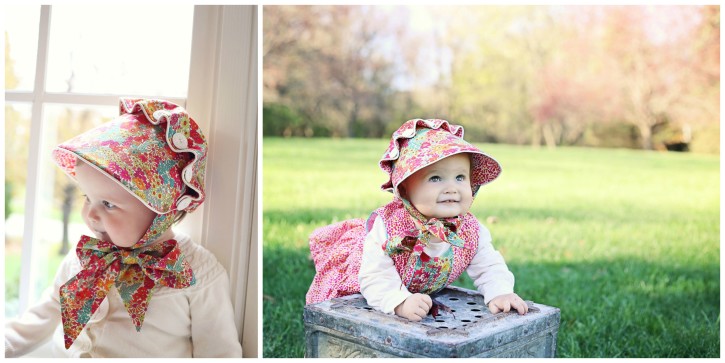
I’m starting a new series and it’s called, Sew Basics, and the first lesson is all about piping…..Sew Basics: Piping! I’ve realized, from the emails I’ve received, that many of you are beginning sewers and would like to learn some of the basic skills involved in sewing. So, for those of you seasoned sewers, perhaps you already know most of these skills, but I always think it’s fun to see how other people do things, don’t you?
I’m sure many people have different techniques in adding piping to clothing, but here’s how The Cottage Mama does it……so, here we go…….
Sew Basics: Piping
So, here is a little bubble romper from my etsy shop (no longer available) where I used piping in the seam between the bodice and the main body of the romper:
is a great option – try it with other trims as well!


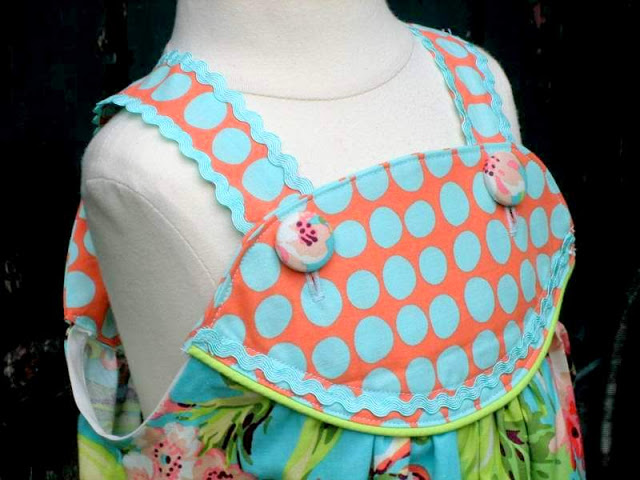

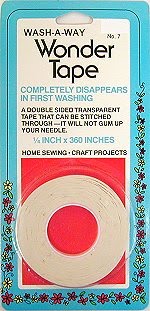
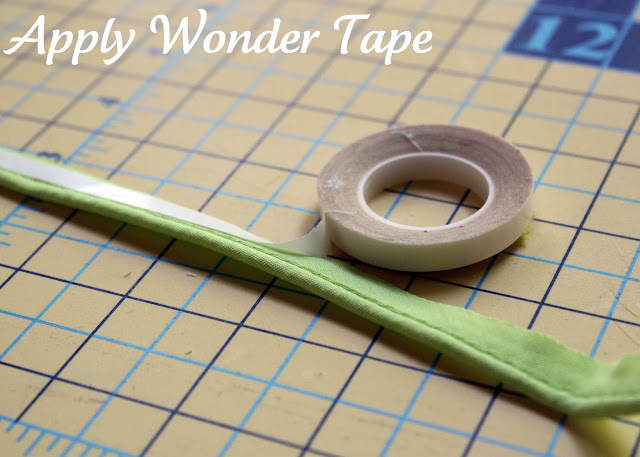
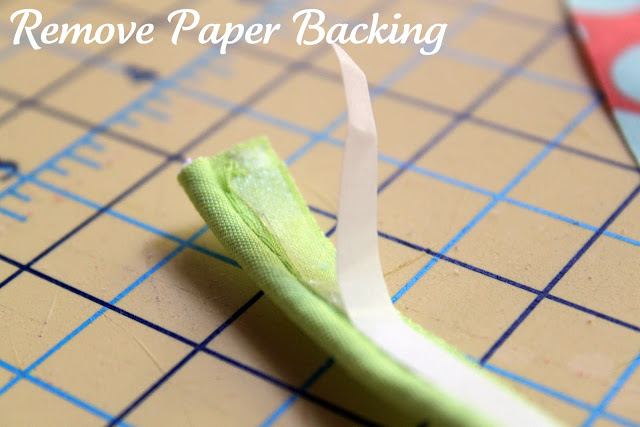
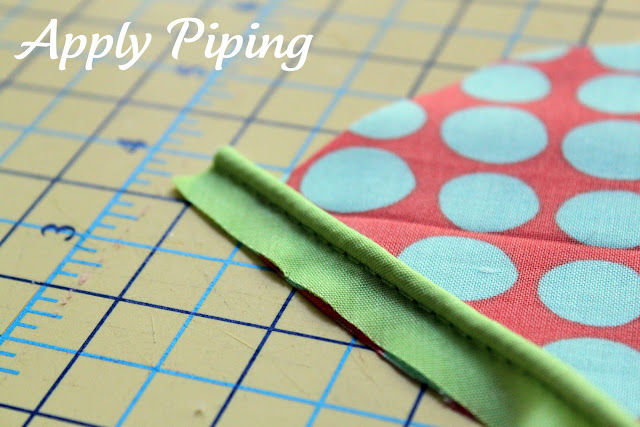
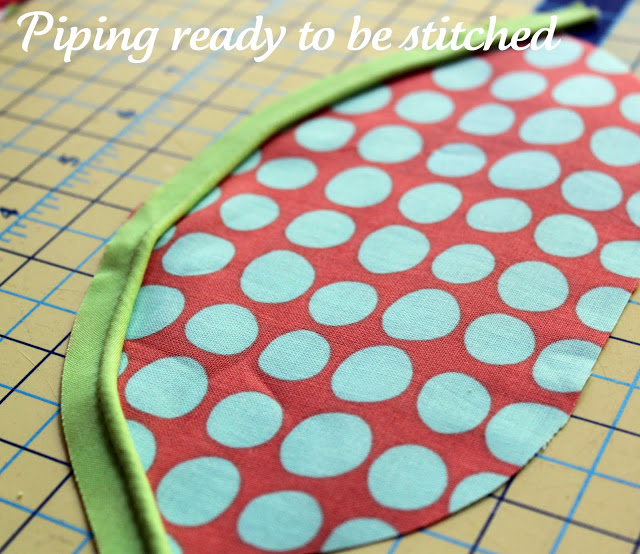

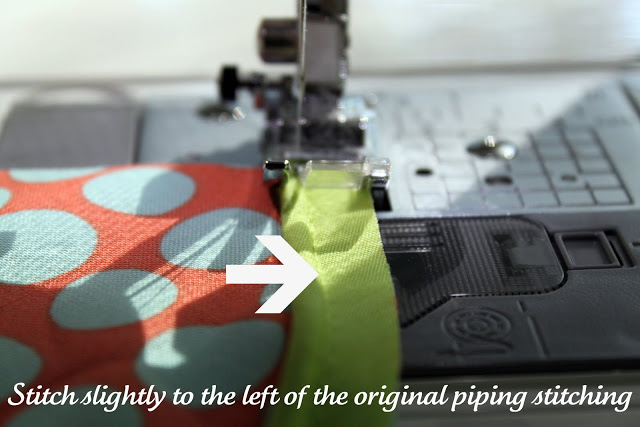

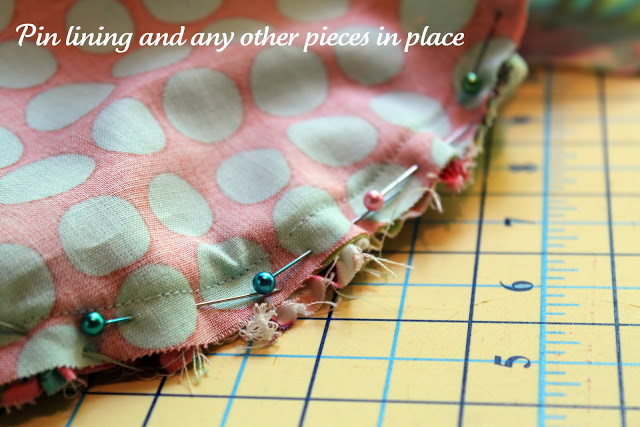
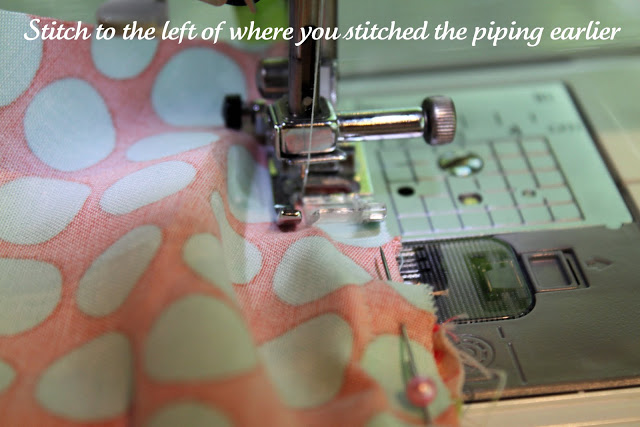
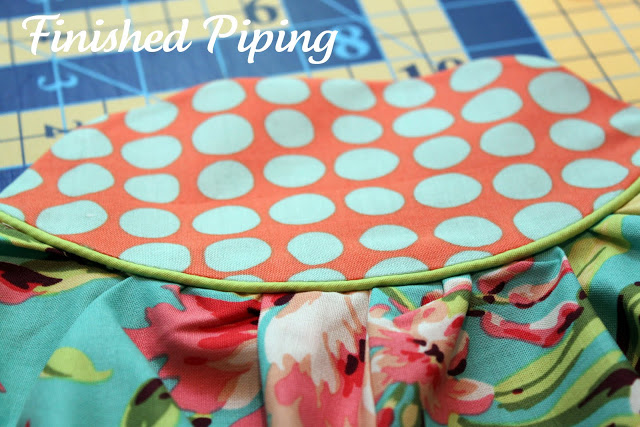
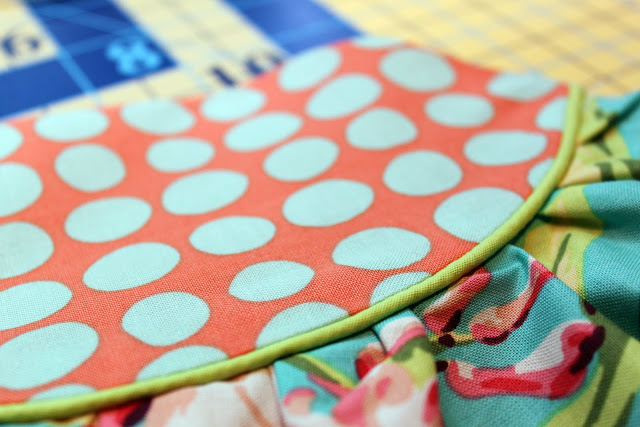

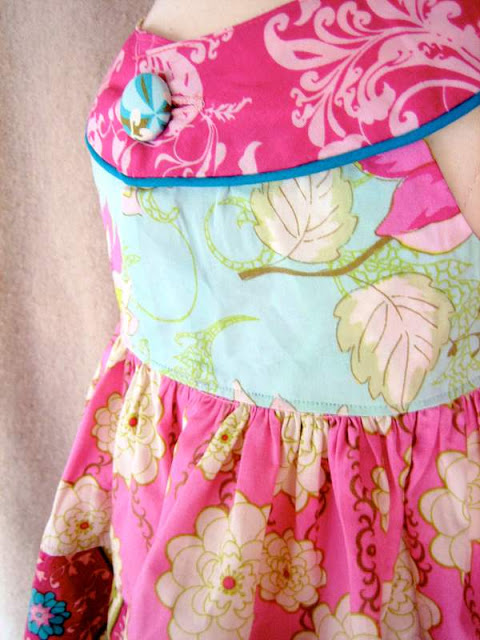

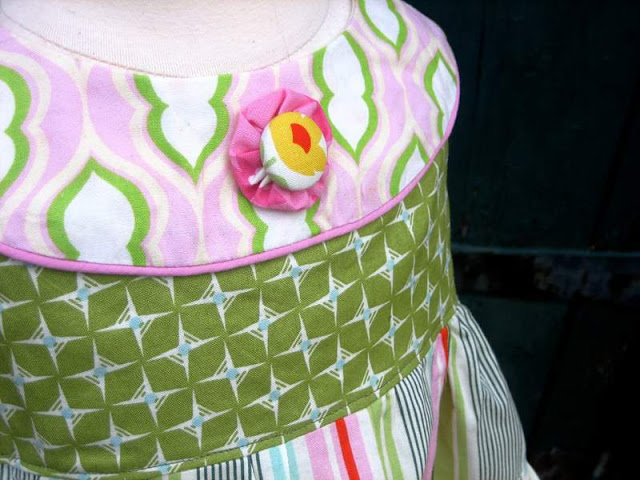
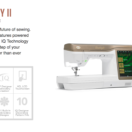
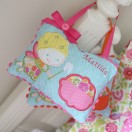
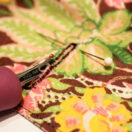

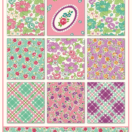
 Lindsay Wilkes is the owner and designer behind The Cottage Mama. She creates timeless, vintage inspired sewing patterns for children’s clothes. She is also a fabric designer for Riley Black Designers / Penny Rose Fabrics, author of the book ‘Sew Classic Clothes for Girls’ and can be seen teaching nationwide and online in her video series ‘Lessons with Lindsay’ sponsored by Baby Lock Sewing and Embroidery machines.
Lindsay Wilkes is the owner and designer behind The Cottage Mama. She creates timeless, vintage inspired sewing patterns for children’s clothes. She is also a fabric designer for Riley Black Designers / Penny Rose Fabrics, author of the book ‘Sew Classic Clothes for Girls’ and can be seen teaching nationwide and online in her video series ‘Lessons with Lindsay’ sponsored by Baby Lock Sewing and Embroidery machines.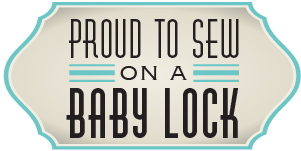


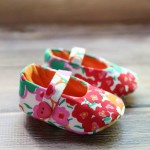

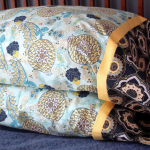
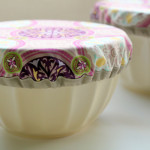
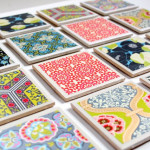
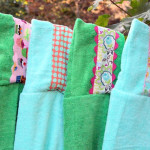
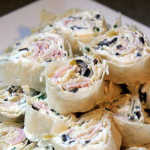




Thanks for the great tutorial. I can’t wait to sew something for my princess using piping to add the something extra to her outfits!
Ummm, I think you created this series just for me. Can you do a zipper and buttonhole one? I’m seriously scared of those and have yet to try them! Iknow….silly me, but it freaks me out and I don’t have a manual for my machine anymore.
Thanks Lindsay!
I’ve done piping on pillows before, so I guess I can give it a try on clothing! I look forward to the tutorial on making your own piping.
Happy Belated Birthday, by the way! Hope it was wonderful!
Great tutorial! Thanks for all the pictures, they helped alot!! Can’t wait to give this a go
This is great! I am just getting into sewing and can’t quite remember 7th grade home ec!
Anyway…I was looking around at an online fabric store and saw that they have different SIZES of piping. Is there one size you prefer to use on clothing or do you recommend working with a specific size?
Thanks! Love the blog
I always have a hard time “squeezing” the piping to the left without sewing on the cord itself. Any tips? THANKS!!!
Well, in regards to the size of the piping…..when buying store-bought piping I tend to just buy the standard 1/2 inch “Wrights” piping found with the bias tape, rick-rack, and hem tape. Really the size of the cord just depends on how dramatic you would like your piping to look. Larger piping is better for home decor, where as smaller, more subtle piping is best for garments.
Autumn, in regards to your question. I set my sewing foot on top of the corded part of the piping (not next to it which is what I think would feel more natural). I stitch SO close to the cording that I’m almost on top of it which helps me squeeze it better. I don’t know if that helps, but that’s just what I do, so if you need more clarification just let me know :-).
Thanks you guys for following – can’t wait to do more Sew Basics posts!
Lindsay
Lindsay, happy belated birthday! Thanks for sharing the post about yourself it’s always nice to know who is teaching us all these fun crafts and sewing tips on blogs we read every day or week (when I don’t make time for the net i get backed up on posts) The tutorial was great keep it up…From TX Ruthie:)
Thanks for this tutorial! I’m getting ready to brave the world of piping for the first time soon and this will definitely help.
Thanks for the tutorial! I was just reading up on how to sew piping yesterday, and this is definitely a better tutorial than those I found!
The childrens clothes are adorable too@
Great tute. I’m bookmarking this for when I want to do my chair recover.
This is a great tutorial, lovely photos & great reference! I totally agree–piping gives any piece that little something that makes it look less ‘homemade’, you know?
Thank you! I didn’t know about this tape. I’ll give it a try. Great fabrics too.
Warmly, Michelle
Hi, my name is Teresa…I just found your wonderful blog/website.
It is wonderful site with great pics.
Just wanted to let you know that I have a three year old little girl named Matilda! Beautiful name!!!
My 6 month old is Penelope.
So I am following you now..excited to see whats coming…
Your work is beautiful! Very well done and the details are gorgeous. Thanks for the Wonder Tape tip…I’ve been making my own piping and bias binding for years, but this tape is new to me. Most excellent, I’ll be using this from now on! Lovely fabric and color combos.
The piping tutorial is great and I love those dresses. Fabulous work!
Hello My name is Amber and I just found you on Tatertots and Jello! I’m really starting to get into sewing and am very excited for your SewBasics!
THANK YOU for this tutorial!! I cannot tell you how many times I’ve tried to wrap my brain around how to sew piping correctly and your tutorial was like a lightbulb for me! I’ve bookmarked you and I’ll be referencing you in the future!! THANK YOU!
Just wanted to let you know I featured this today on FTF! Stop by if you would like to grab a featured button!
Lindsay, I really need to look over this awesome post! I so want to learn sewing and special techniques. I gotta get over my fear of how to string the machine up without making a mess. lol
Hi, its great, piping I think the most critical and wants extra neatness and your tutorial is something really helpful… I like that you teaches the basics, its really helpful ..Tas a lot for sharing..
http://craftaworld.blogspot.com/
Please check me there…
I’ve been nervous about piping since a bad Christmas stocking project went awry. Your tutorial has demystified the process and I’m going to give it another try! Thanks for the clear (and very pretty) tut!
THANK YOU….this will be a fun thing to add next time I sew!!
Lindsay, I’m using piping for the first time..I’ve got the piping attached but what do I do with the two raw ends? I’m adding it to the outfits that I’m making using your fabrics for my daughter’s shower on Saturday.
Thanks,
Emilee
PS The answer is probably obvious but I’m exhausted and can’t think straight lol.
I found you via UCreate and your gorgeous Party Dress! Thank you for all the advice and tutorials you offer. I’m just now getting into sewing for my two little girls and blogs like yours give me such inspiration! I love this piping tutorial. I also love that adorable little bubble… any chance you’ll be having a tutorial for a similar baby bubble soon? I recently bought a pattern for one, but this one is WAY more precious!
Thanks for the tutorial, I am trying piping again, I winged it on my last attempt and it was OK but not great. I going to have to pick up some wonder tape.
You may have answered this in a later post but if you are adding piping around the bottom of a bodice, how to you make the two ends meet neatly?
I checked this out on a whim (figuring ‘i know how to sew in piping’ but then thinking I may as well check it out) and I have been doing it in just one step, but I like your method much better! I think there’s less margin for error. Lately I’ve been finding I’m enjoying taking more time and being more particular when I’m sewing. Getting less done, but loving the results more!
Thank you for such a good tutorial…I have been searching the internet for a detailed tutorial with pictures.
This is a great tutorial, and answered lots of my questions. I’m using some piping on a seat cover I’m making for my dogs. Well, actually for my Jeep, but the dogs are the reason for it.
The jumper you made is absolutely adorable. I can tell you have a real flair for color and design, and your workmanship is fabulous.
I’m a newbie to piping and will definitely be putting your instructions to good use! Now I’m off to your “Make your own piping Tutorial”.
Thank you so much for sharing all your lovely tips!!!
Kris
You write excellent tutorials, so clear and thorough explanations.
I’m about to try inserting piping for the first time and have read several tutorials, yours being the best of the bunch, I actually feel confident about trying it now. Thank you!
Molly, what a sweet comment! I’m so glad that the tutorial helped – good luck with the piping. I know you can do it!!
Lindsay
Hi Lindsay,
I love your tutorials. It is clear and very easy to understand.Thank you very much. Oh and I love your blog. It is full of inspirations. I’m putting a link of your piping tutorial on my blog (so that I can refer to it easily next time). Hope you’re ok with it. Thanks!
Lindsay, thanks for the great tutorial!! I’m just beginninig and should have read this yesterday I have a question on finishing, though. How do I finish the piping so that end to end, it looks clean and pretty?
I have a question on finishing, though. How do I finish the piping so that end to end, it looks clean and pretty?
Thanks!
Jenn,
Usually I make sure that I finish the piping inside of a seam. That way you don’t see the unfinished end. Hope that helps!
Made a stand mixer cover and used piping – my first time! Your tutorial was amazing, thanks!!
Great tutorial – much better than several others I’ve seen online. I plan to add piping details to a coat I am designing for my wife, and this will make the task considerably less daunting.
Thank you so much for sharing! your pictures and explanation really helped me figure this out! Saving this page for next time.
So very helpful! Thanks. You answered all my questions. Now let’s just see if I can get it done!
nice post love it
really important post you have post in yours blog…
kurta and sherwani